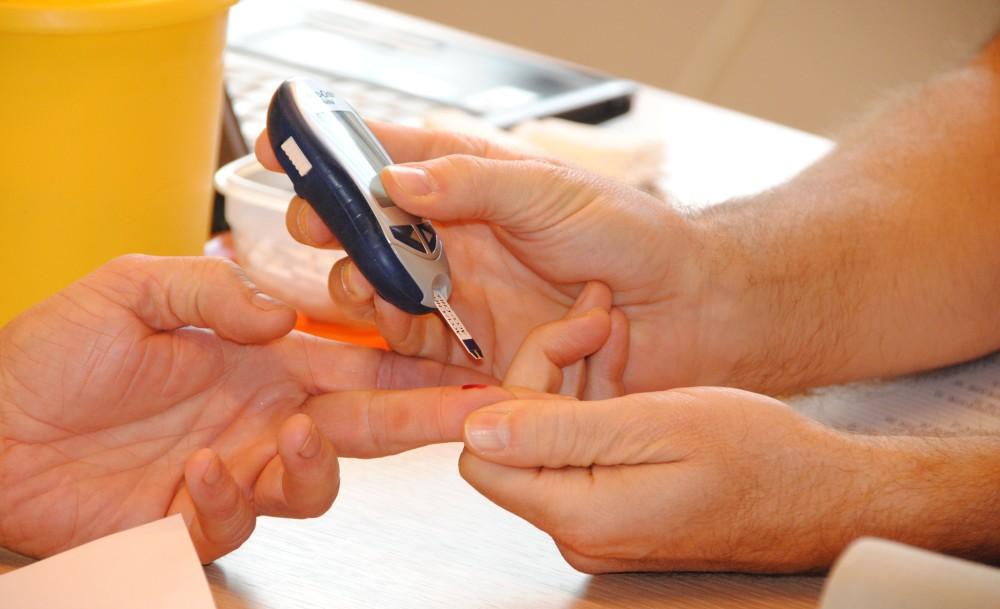Diabetes is a metabolic disease, once not treated in time, blood sugar control is unstable, it will lead to a variety of complications. The rational use of hypoglycemic drugs is very important for the control of diabetes, but in real life, many patients do not know how to apply various hypoglycemic drugs, and even there are many misunderstandings about the use of diabetes drugs, which requires patients to have a certain understanding of drugs before taking drugs.

At present, the most widely used oral hypoglycemic drugs on the market mainly include biguanides, sulfonylureas, non-sulfonylureas, α-glycosidase inhibitors and insulin sensitizers.
The representative drugs of the biguanide class are phenethylbiguanidine and metformin, of which metformin is the most widely used and suitable for obese patients. The main principle of this type of drug is to inhibit the absorption of glucose by intestinal wall cells and inhibit gluconeogenesis, thereby promoting the decomposition of sugar in the surrounding tissues and increasing the sensitivity of target cells to insulin.
Sulfonylureas are insulin secretors. Such drugs mainly act on sulfonylurea receptors on the cell membranes of islet β, promoting the release of insulin by β cells and thus lowering blood sugar. At present, the sulfonylurea drugs used in China are mainly glibenclamide, glimepiride, gliclazide, glipizide and gliquinone.
Non-sulfonylureas are also insulin secretagogues, but compared with sulfonylureas, such drugs have the characteristics of rapid absorption, rapid onset of action and short time of action. It is precisely because of this feature that this type of drug is called "insulin during meals", which means that it can be taken immediately before meals.
α-glycosidase inhibitors are mainly representative of acarbose, voglibose and miglitol. The main principle of such drugs is that the decomposition of polysaccharides such as starch into disaccharides and monosaccharides can be slowed down in the upper part of the small intestine by competitively inhibiting the activity of disaccharide hydrolyzed α-glycosidase inhibitors, delaying the absorption of monosaccharides and reducing postprandial blood glucose peaks. These drugs are indicated in patients with carbohydrates as the main food component and whose blood sugar rises after a meal.
Insulin sensitizers can also be summarized as gliclazones. These drugs increase insulin sensitivity primarily by acting on fat, muscle, and liver, thereby increasing glucose utilization and reducing glucose production.
The wide variety of hypoglycemic drugs is one of the reasons why patients often experience medication errors. For example, patients are accustomed to the mixed use of similar drugs, the selection of drugs is the same, the use of drugs is three or four, and so on. As everyone knows, there is a big problem with these habits.
Let's start with a problem that most patients make: a mixture of similar drugs. This is not the case because the mechanism of action of the same class of drugs is basically similar, and the combination of similar drugs can sometimes lead to severe hypoglycemia. Hypoglycemia will bring many harms to patients, such as causing general weakness, dizziness, cold sweat, damage to brain cognitive function, easy to form blood clots and so on.
In addition, diabetics must remember not to use the same medication. The treatment of diabetes should be based on the specific situation of each person to choose drugs, not only new drugs, expensive drugs are good drugs, must be in line with their own situation. For example, diabetic patients with kidney disease may have adverse consequences such as metformin.
In addition, it should be noted that the exertion of the efficacy is often a gradual process, and remember not to change the medicine in a hurry. A more reasonable approach is to gradually adjust the dose of the drug according to the level of blood glucose, and if the maximum effective amount of the drug is reached, the blood glucose still does not drop or the control is not ideal, and then switch to other drugs or use in combination with other drugs.
The treatment of diabetes is destined to be a difficult process, in this process, patients must learn to use drugs rationally, and avoid indiscriminate use of drugs not only will not improve the condition, but it is easy to backfire.
bibliography:
ZHANG Jianjian. Rational medication in diabetic patients[J]. Modern Health, 2014(20):1.